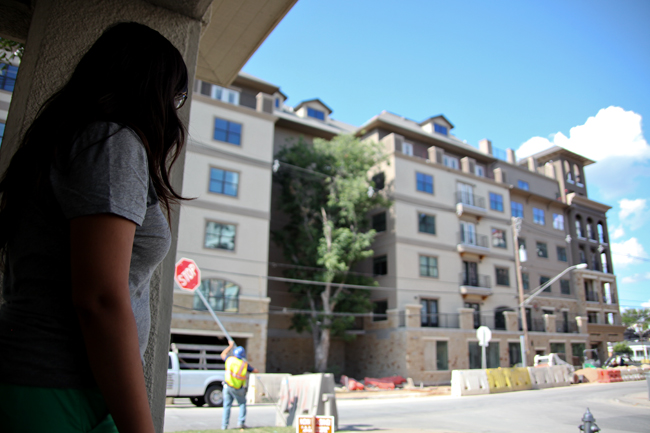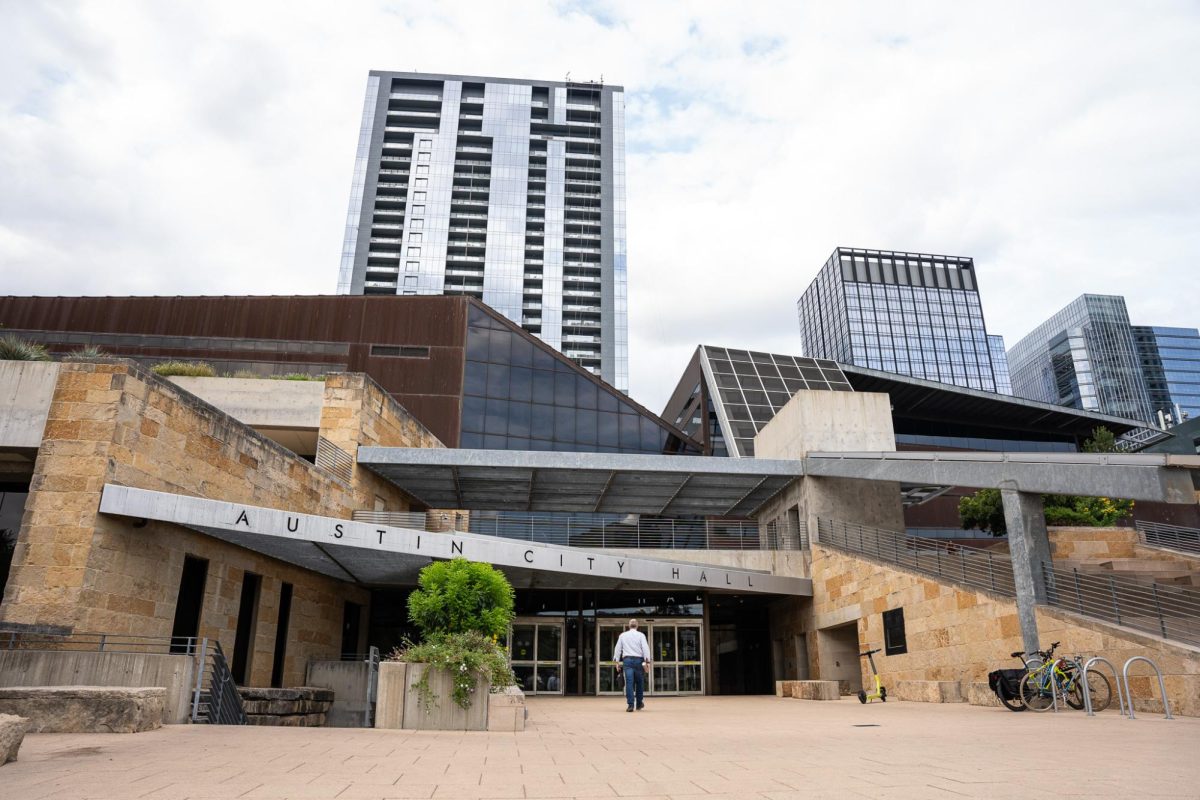Over the past 20 years, the population of the University Neighborhood Overlay district, which accounts for most of the West Campus area, has almost doubled in size.
From 2000 to 2015, the area grew by an estimated 77 percent, with a more than 8,000-person increase. These numbers were gathered by city demographer Ryan Robinson, who attributes the area’s population jump to the creation of the UNO district plan and the new residential housing and student relocation that followed.
“Fifteen years ago, shuttle bus routes were bringing these far-flung students (living in distant areas) into campus,” Robinson said. “One of the primary notions behind UNO was ‘Let’s create a plan and send in new developers, and in the process let’s bring all these UT students back in close to the campus (to make it) far more efficient for everyone.’”
The UNO Plan was enacted in 2004 and allowed developers in West Campus to build projects that were much higher and more dense than before. Compared to about 4,800 student housing units in 2000, the area is now filled with more than 7,500 units, and there are several more housing complexes in the works.
Robinson said before UNO, many students were living in areas farther from campus, such as apartments in East Riverside, Far West and in complexes around Cameron Road, northeast of campus. Robinson said with the introduction of new housing under the UNO zoning plan, students started to move out of those neighborhoods and into West Campus.
“You can put an exponential graph on students relocating (from farther neighborhoods) as they were populating UNO,” Robinson said. “There was this perfect correspondence of demand and people who were willing to rebuild all this housing.”
From 2000 to 2010, almost 4,000 more people moved into the West Campus area, but there was an even bigger jump from 2010 to 2015, with over 4,500 new residents recorded.
Real estate broker Mike McHone, who helped start UNO and is an active consultant to multiple projects in West Campus, said before UNO, UT was becoming a “commuter campus,” sending out multiple shuttle buses to bring students in.
“What UNO does is it’s removed some of the population from Riverside and other areas where students are concentrated,” McHone said. “All we are doing is moving the student body back to the (campus) area.”
McHone said there is enough space in West Campus to ideally house every student who attends UT, and with a number of new high-rise projects coming to the UNO district, the area’s population will most likely continue to climb.
Jacob Wegmann, community and regional planning professor, lived in West Campus in the 1990s and said when he moved back to the area in 2014, it was almost unrecognizable.
“When I walked around West Campus, my head spun because all of the familiar landmarks (were gone),” Wegmann said. “It just felt like a different place.”
Wegmann said although the some of the character of the area has been lost by growth and additional housing, he thinks it’s a change people should try to embrace.
“I know some people are really upset that the neighborhood has been changed beyond recognition, but in my personal opinion, Austin needs to … embrace that this is a metropolitan area of two million people,” Wegmann said. “We are going to have some neighborhoods that are more city-like, and West Campus has become that.”





















